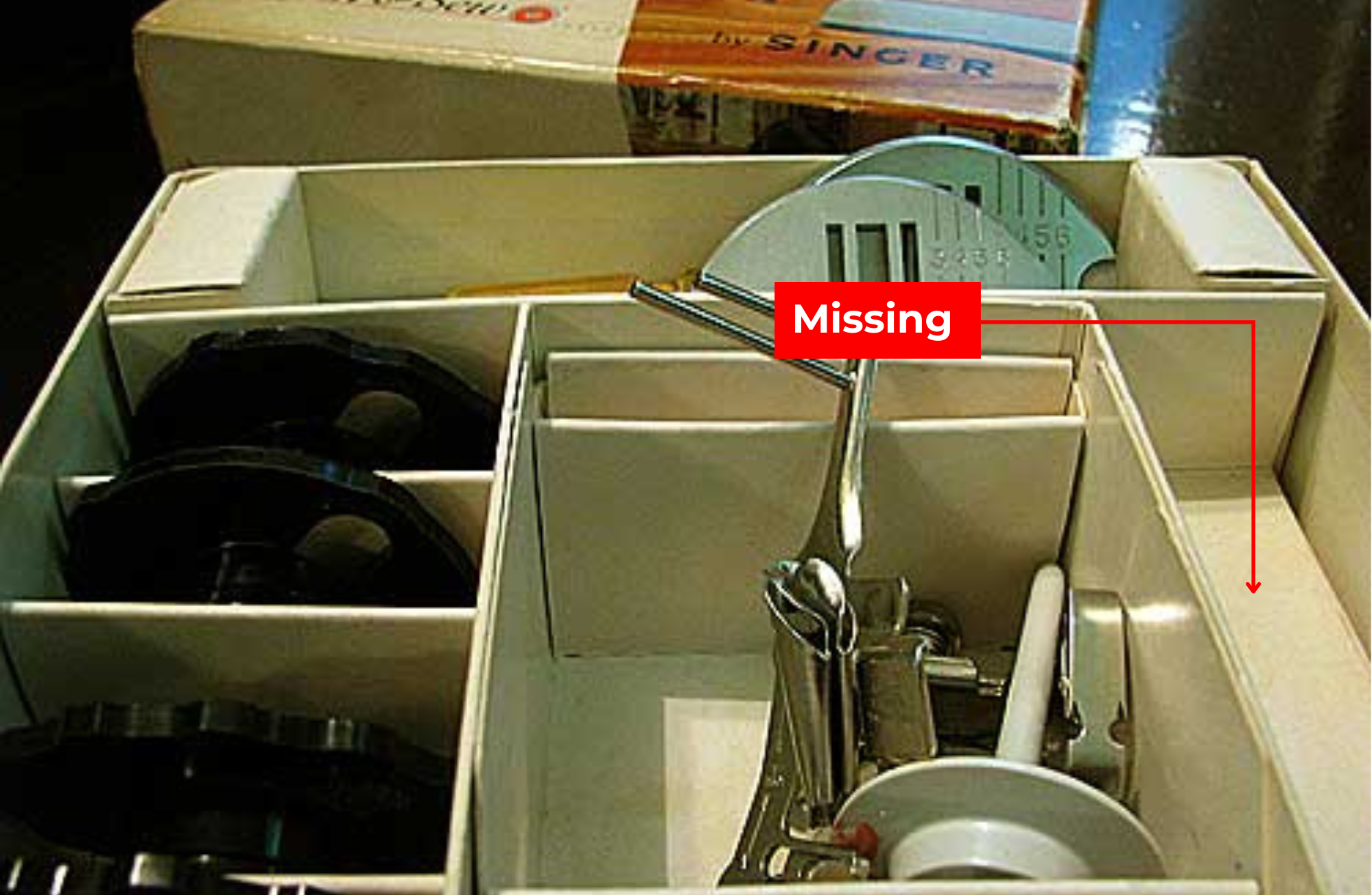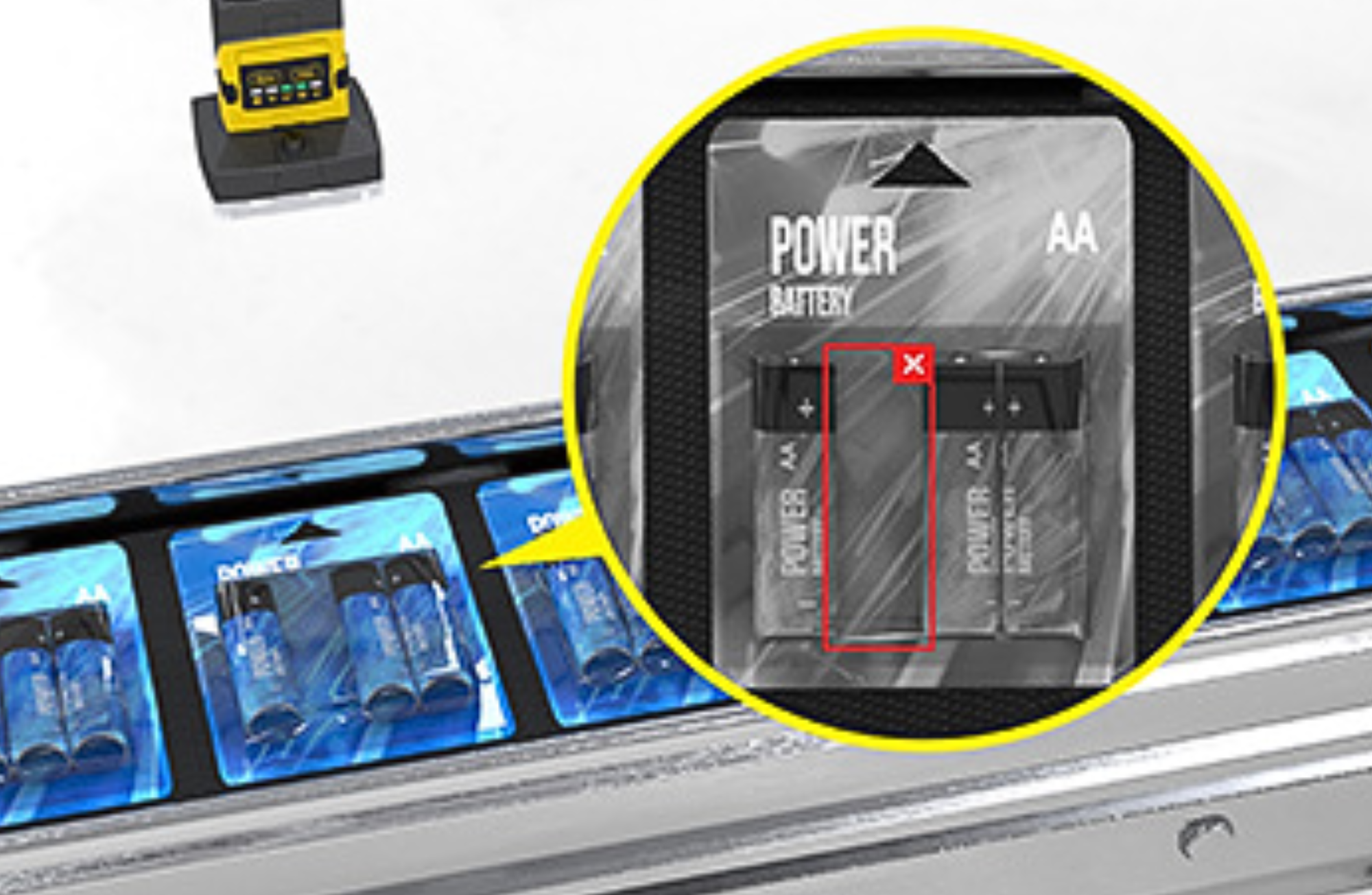How Machine Vision Detects Missing Components in Assembly Line
Published on: Apr 08, 2025

Written by: Content team, Intelgic
How Machine Vision Detects Missing Components in Assembly Line
In modern manufacturing, the integrity of assembled products is paramount. Even minor defects, such as missing components, can lead to significant issues, including product malfunctions, safety hazards, and costly recalls. Traditional manual inspections are often inadequate due to human error and the increasing complexity of products. Machine vision technology offers a robust solution by automating the detection of missing components on assembly lines, thereby enhancing quality control and operational efficiency.

Understanding Machine Vision in Manufacturing
Machine vision refers to the use of imaging technologies and computational algorithms to interpret visual information from the environment. In manufacturing, it enables automated inspection and analysis, allowing for real-time decision-making and quality assurance.
The Importance of Detecting Missing Components
Missing components in assembled products can have far-reaching consequences:
- Product Quality: Ensuring all components are present is vital for the product's functionality and reliability.
- Safety: Especially in industries like automotive and aerospace, missing parts can lead to severe safety risks.
- Cost Efficiency: Identifying and rectifying missing components early in the production process reduces rework costs and minimizes waste.
- Customer Satisfaction: Delivering defect-free products enhances brand reputation and customer trust.
How Machine Vision Detects Missing Components
Machine vision systems detect missing components through several key processes:
- Image Acquisition: Cameras capture images of products as they move along the assembly line.
- Image Processing: Software algorithms analyze these images to identify and locate components.
- Comparison Against Standards: The system compares the captured images to a predefined standard or template to detect discrepancies.
- Decision Making: If a missing component is detected, the system can trigger alerts or remove the defective product from the production line.

Key Components of a Machine Vision System
An effective machine vision system for detecting missing components comprises:
- Cameras and Image Sensors: High-resolution cameras capture detailed images of products. The choice between area scan and line scan cameras depends on the specific application requirements.
- Lighting Systems: Proper illumination is crucial for capturing clear images. Techniques like backlighting and diffuse lighting enhance image quality by reducing shadows and reflections.
- Processing Units: High-performance processors analyze image data in real-time, enabling swift decision-making.
- Software Algorithms: Advanced algorithms, including pattern recognition and machine learning models, process images to detect anomalies such as missing components.
Applications Across Industries
Machine vision for missing component detection is utilized in various sectors:
- Electronics: Ensuring all components are correctly placed on printed circuit boards (PCBs) is critical. Machine vision systems can detect missing or misaligned components, preventing defective products from reaching consumers.
- Automotive: Verifying the presence of essential parts like fasteners and connectors ensures vehicle safety and performance.
- Consumer Goods: Confirming that all items are included in product packaging enhances customer satisfaction and reduces returns.
Benefits of Implementing Machine Vision
Integrating machine vision for missing component detection offers several advantages:
- Increased Accuracy: Automated systems reduce human error, ensuring consistent and precise inspections.
- Enhanced Speed: Machine vision systems operate at high speeds, keeping up with fast-paced production lines without compromising inspection quality.
- Cost Savings: Early detection of missing components minimizes rework and scrap, leading to significant cost reductions.
- Scalability: These systems can be adapted to various products and assembly lines, providing flexible solutions for manufacturers.
Challenges and Considerations
While machine vision systems offer numerous benefits, their implementation comes with challenges:
- Initial Investment: The upfront cost for equipment and integration can be substantial. However, this is often offset by long-term savings.
- Complexity of Inspection: Variations in product design and assembly can complicate the development of effective inspection algorithms.
- Environmental Factors: Lighting conditions, vibrations, and other environmental variables can affect system performance and must be carefully managed.
Future Trends in Machine Vision
Advancements in technology are shaping the future of machine vision in assembly lines:
- Artificial Intelligence (AI) Integration: AI and machine learning algorithms enhance the system's ability to learn from data, improving detection accuracy and adaptability.
- 3D Imaging: Utilizing 3D cameras allows for more comprehensive inspections, capturing depth information to better detect missing or misaligned components.
- Edge Computing: Processing data closer to the source reduces latency, enabling real-time decision-making and faster response times.
In an era where manufacturing demands are higher than ever, ensuring product completeness and quality is non-negotiable. Machine vision has emerged as a game-changer in detecting missing components on assembly lines—offering unmatched accuracy, speed, and consistency. Whether it’s verifying fasteners in automotive manufacturing or checking for tiny surface-mounted devices in electronics, machine vision systems can dramatically reduce defects, enhance operational efficiency, and protect brand reputation.
As technology continues to evolve—with advancements in artificial intelligence, 3D vision, and edge computing—the future of automated inspection is not just about detection, but intelligent decision-making in real time. For manufacturers aiming to stay competitive and meet rigorous quality standards, investing in a reliable machine vision system for component verification isn’t just a smart move—it’s a necessary one.
By embracing this technology today, industries can ensure flawless production tomorrow.

